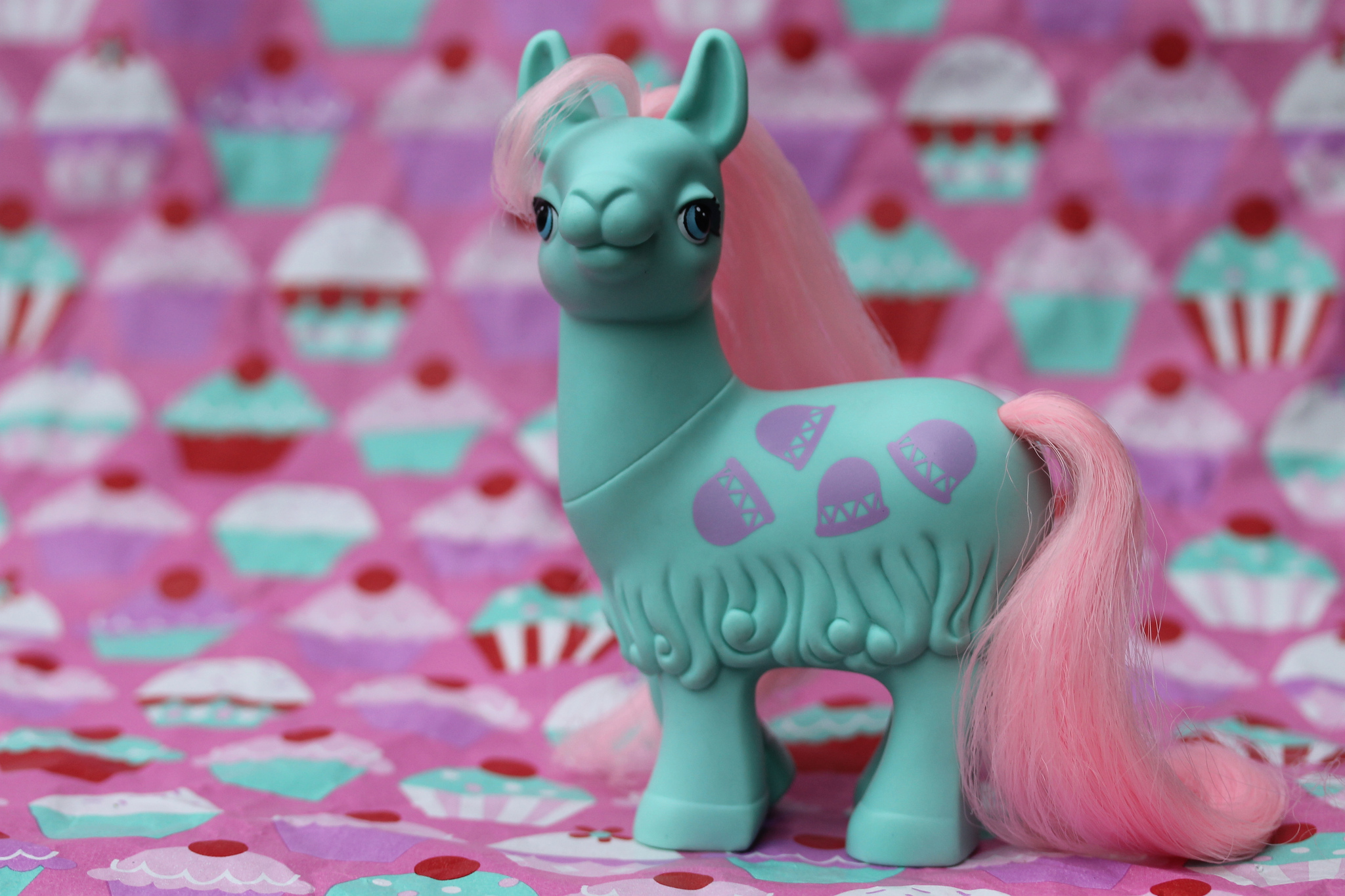By Niall Ross
Harry Sewalski doesn’t look like a ‘Brony’. The internet has pegged male fans of the Hasbro Studios cartoon, My Little Pony: Friendship is Magic, as a clan of effeminate, overweight teenagers buried under pony merchandise. But Sewalski looks like a normal guy who happens to love geeky things.
He’s quick to dispel the myth Bronies are unlike any other fan base. “It’s a bunch of friends more than anything,” he says. “The My Little Pony stuff is really just a gateway to meeting other people.”
Sewalski has enjoyed the animation since 2012, charmed by its happy vibe and its emphasis on friendship. “It’s a positive, well-written show, it’s nice to watch something that’s not all doom and gloom.”
An active contributor of pony art and fan fiction, Sewalski likes to go to conventions where he sits on panels with other fans in a place he feels comfortable and in control.
Bronies have always had a reputation for being over the top and it doesn’t help YouTube is teeming with ‘cringe compilations’ of strange people who take the show too seriously.
Sewalski recalls a friend who thought his tastes were unhealthy and tried to stop him from hanging out with other Bronies. “He was a pretty sporty guy, he never understood it. He couldn’t handle being associated with it.”
The internet offers asylum for boys and men who for various reasons don’t fit the mould of traditional masculinity. When real life is unwilling to accept difference, they take to chat rooms and meetups to connect with similar males.
Bronies Australia is far from a shared obsession over trivialities in the magical land of ‘Equestria’, the world in which My Little Pony is set. The forums are always updating their lists of social forays, from things like Brony conventions to more standard adventures like pub crawls and game nights.
“The group of Victoria is pretty good at straightening out creepy people,” says female fan Jemma Sweeney. She believes male fans bond with each other more than female fans, or ‘pegasisters’ as they’re sometimes called. “They have a kind of guy’s club thing going on.”
She has her Brony friends for protection if she receives unwanted advances; proof that even within a community like this some form of alpha dominance still rears its head.
When asked whether she’s ever been out with a Brony she laughs and admits she used to date Sewalski, with whom she attended meetups and travelled interstate for conventions. “He was a good boyfriend,” she says with a smile and leaves it there.
Sweeney has befriended a number of transgender and cross-dressing fans, also known as ‘cross-players’. People struggling with sexual identities log into Bronies Australia as a way of coming to terms with themselves in gatherings of the open-minded.
Cosplayers – fans who get into costume – don’t just go to meetups in pony outfits but explore every geeky preference from comic books to video games. Transgender fans immediately feel at home because everyone wears their quirks with pride.
“Before I joined the Bronies I didn’t really know anything about trans people, but now I’ve got a couple of trans friends,” Sweeney says. “It’s more common than any other community, I believe.”
Sweeney’s friend Daniel Dimasi-Whyte cross-dresses at Brony meetups both for fun and to express himself. “My perception of myself can change between feeling male and feeling female,” Dimasi-Whyte says.
When he was younger, Dimasi-Whyte’s father tried unsuccessfully to make him take up activities he thought boys should like. “Pretty much all my life he’s tried to get me into different sports.”
Frequent jabs by fellow students at the show and its fan base made high school just as difficult.
Dimasi-White attended two Brony meetups during his final year and found no one took issue with his interests, his sexual orientation or whether he identified as a boy or girl. “It’s not really relevant,” he says with a shrug.
The world of cosplay opened his mind to things he’d only ever heard about and he quickly fell in love with a range of girly pursuits. “For one, ‘Lolita’ Fashion,” Dimasi-Whyte recalls. “I wasn’t really into that until I started talking to Jemma.”
“Lolita’ fashion is a Japanese feminine style based on gothic Victorian clothing. There’s also ‘Sweet Lolita’”, he explains, a mix of pastel pinks, bows and frilly dresses.
For Dimasi-Whyte, what began as a love of My Little Pony became a growing web of other hobbies from which he has been able to cultivate an identity. “That’s the kind of thing I couldn’t have done without My Little Pony.”
Compare this with the virtual world of Second Life, where upon joining the multiplayer spectacle players can choose an avatar and walk into rooms full of other digital people.
In the context of the game, the user becomes their costume and no one can tell who you really are unless you provide more information.
The majority of males who choose feminine ‘avis’ do so for conniving reasons. “It’s easier to find items, shapes, skins, clothing and such for female ‘avis’,” one user reveals. “That and people tend to readily help if you’re a female ‘avi’.”
Males hoping for social acceptance online might want to catch up with the Brony or cosplay crowds, where honesty is perhaps the second most important philosophy behind friendship.
Photo by Hina Ichigo/Flikr


